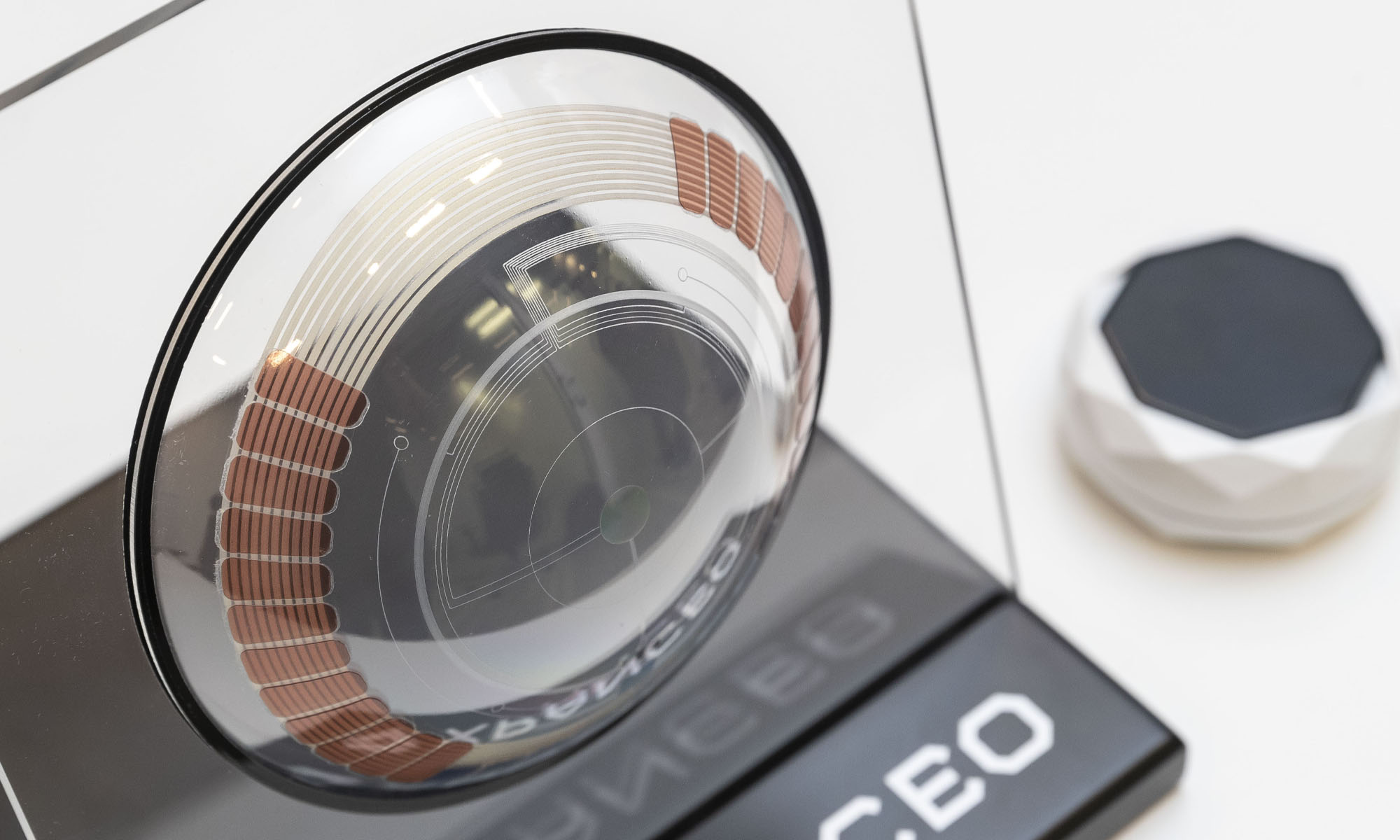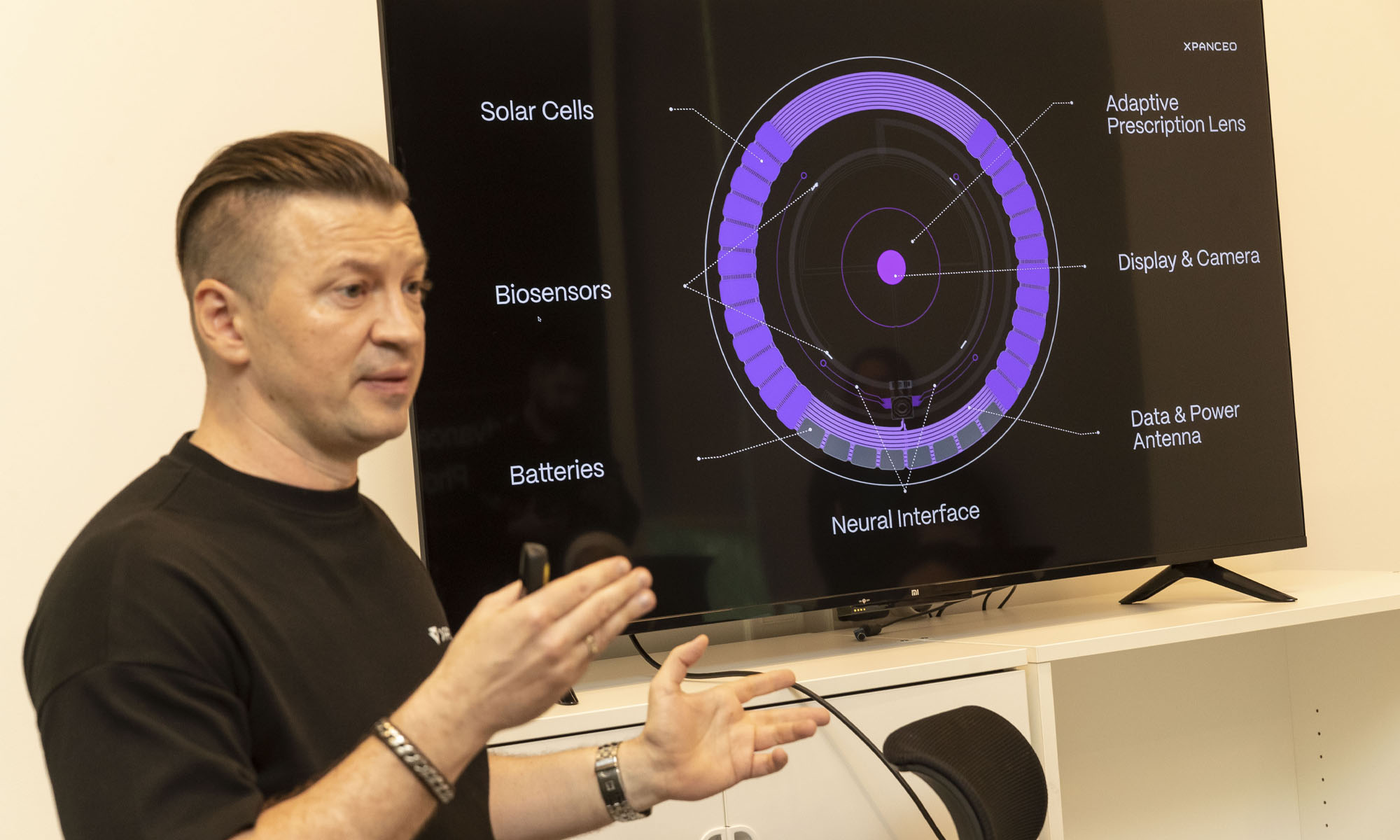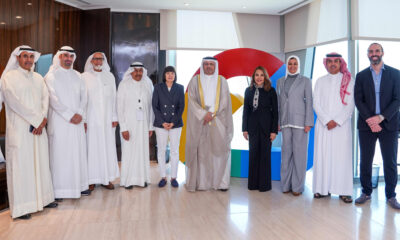News
Dubai Startup Creates Iron Man-Style Smart Contact Lens
XPANCEO’s futuristic eyewear can be controlled using voice, gestures, glances, and “probably later, your mind”, according to the company’s founder.

Dubai-based tech startup XPANCEO has revealed prototypes of its smart contact lens system, which aims to mimic the technology used by Tony Stark in the famous Marvel Iron Man and Avengers movies.
After a seed funding round this October, the company has already raised $40 million and plans to put the device on the market by 2027 if human trials are successful.

Founder Roman Axelrod explained the motivation behind the project, saying, “Now, we have our laptops for the office, smartphones for daily activities, and smartwatches for training … a real computer of the future is an ecosystem of software. Think about it as a Tony Stark computer”.

XPANCEO has built three prototypes, offering an “infinite” extended reality view where tasks from documents, meetings, social media, and gaming will be shown in the user’s field of view and visible only to the wearer.
The lenses are powered by artificial intelligence and machine learning and will also include night vision, voice, gesture, and glance control. Mr. Axelrod even believes that later versions will be controlled by the user’s mind. The company is also developing a charging case similar to those used by wireless earbuds.
Also Read: A Guide To Digital Payment Methods In The Middle East
Ultimately, XPANCEO aims to replace all the devices consumers currently use with this hyper-miniaturized gadget. The company has yet to decide on a price for its smart contact lens, but “it has to be no more than an expensive smartphone”, Mr. Axelrod explained.
That would imply a four-figure sum in US dollar terms: for reference, the most expensive version of the iPhone 15 Pro Max is priced at $1,599.
News
Mamo Completes $3.4M Funding Round To Enhance Fintech Services
The startup will use the influx of cash to expand into Saudi Arabia and across the wider GCC while improving its product offering.

UAE-based fintech Mamo has announced the completion of a $3.4 million funding round that will help the startup extend its market presence and improve its product offering. Investors included 4DX Ventures, the Dubai Future District Fund and Cyfr Capital.
Mamo’s platform offers “payment collection, corporate cards and expense management” to help small and medium-sized businesses consolidate and streamline their operations. With the latest influx of capital, Mamo will further develop its comprehensive suite of services and begin testing its product lines in Saudi Arabia, further extending its footprint across the GCC.
Imad Gharazeddine, co-founder and CEO of Mamo, stated: “We’ve been in the market for a while now and are incredibly proud of what our team has achieved. The holistic and expansive nature of our product offering has helped us continue to grow sustainably. This additional funding will allow us to reach our medium-term goals even faster. The support from new and existing investors is a testament to our strong expertise and the ability to deliver on our customer promise”.
Daniel Marlo, General Partner of lead investor 4DX Ventures, added: “We have immense trust in Imad’s vision, leadership and Mamo’s innovative approach to provide a user-friendly and comprehensive financial solution for SMEs that makes financial management more accessible and efficient. We are proud to partner with them and support their mission”.
Also Read: A Guide To Digital Payment Methods In The Middle East
Amer Fatayer, Managing Director of Dubai Future District Fund’s investment team, also commented: “Mamo’s localized product lines serve as an infrastructure for SME payments and spend management in UAE, a segment that is underserved by the country’s current banking infrastructure. The team has taken a product-first approach to consolidating SMEs’ financial journeys and building a fintech solution deeply embedded in a business’s core operations”.
To date, Mamo has raised around $13 million in investment funding and now boasts a team of 30 people. The company’s intuitive financial services platform has allowed over 1,000 businesses to consolidate their financial operations and significantly reduce payment fees.
-

 News4 weeks ago
News4 weeks agoAmazon Prime Day 2024: Get Ready For 6 Days Of Amazing Deals
-

 News4 weeks ago
News4 weeks agoSamsung Unpacked 2024: What To Expect From The July 10 Event
-

 News4 weeks ago
News4 weeks agoCoursera Report Shows Surge In UAE Interest In AI Upskilling
-

 News2 weeks ago
News2 weeks agoGoogle Cloud Opens New Kuwait Office To Aid Digital Transformation















